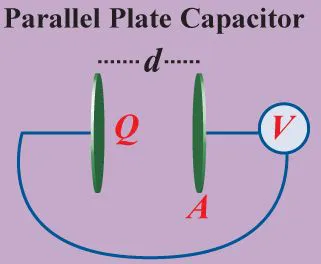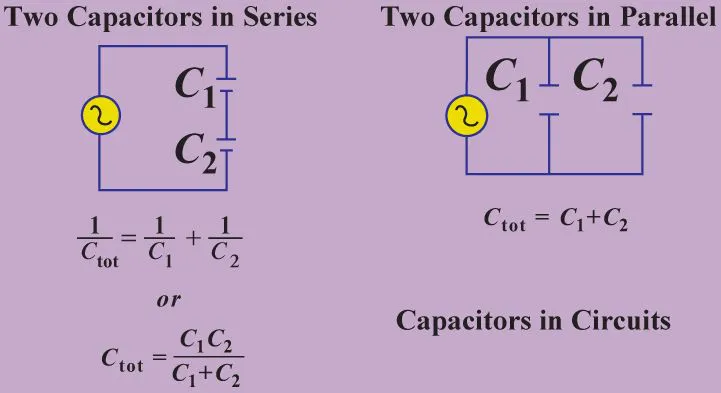
eBook - ePub
Physics
This is a test
Partager le livre
- 6 pages
- English
- ePUB (adapté aux mobiles)
- Disponible sur iOS et Android
eBook - ePub
Physics
Détails du livre
Aperçu du livre
Table des matières
Citations
À propos de ce livre
Reference and outline to concepts in physics.
Foire aux questions
Comment puis-je résilier mon abonnement ?
Il vous suffit de vous rendre dans la section compte dans paramètres et de cliquer sur « Résilier l’abonnement ». C’est aussi simple que cela ! Une fois que vous aurez résilié votre abonnement, il restera actif pour le reste de la période pour laquelle vous avez payé. Découvrez-en plus ici.
Puis-je / comment puis-je télécharger des livres ?
Pour le moment, tous nos livres en format ePub adaptés aux mobiles peuvent être téléchargés via l’application. La plupart de nos PDF sont également disponibles en téléchargement et les autres seront téléchargeables très prochainement. Découvrez-en plus ici.
Quelle est la différence entre les formules tarifaires ?
Les deux abonnements vous donnent un accès complet à la bibliothèque et à toutes les fonctionnalités de Perlego. Les seules différences sont les tarifs ainsi que la période d’abonnement : avec l’abonnement annuel, vous économiserez environ 30 % par rapport à 12 mois d’abonnement mensuel.
Qu’est-ce que Perlego ?
Nous sommes un service d’abonnement à des ouvrages universitaires en ligne, où vous pouvez accéder à toute une bibliothèque pour un prix inférieur à celui d’un seul livre par mois. Avec plus d’un million de livres sur plus de 1 000 sujets, nous avons ce qu’il vous faut ! Découvrez-en plus ici.
Prenez-vous en charge la synthèse vocale ?
Recherchez le symbole Écouter sur votre prochain livre pour voir si vous pouvez l’écouter. L’outil Écouter lit le texte à haute voix pour vous, en surlignant le passage qui est en cours de lecture. Vous pouvez le mettre sur pause, l’accélérer ou le ralentir. Découvrez-en plus ici.
Est-ce que Physics est un PDF/ePUB en ligne ?
Oui, vous pouvez accéder à Physics par en format PDF et/ou ePUB ainsi qu’à d’autres livres populaires dans Sciences physiques et Physique. Nous disposons de plus d’un million d’ouvrages à découvrir dans notre catalogue.
Informations
Sujet
Sciences physiquesSous-sujet
Physique
ELECTRICITY & MAGNETISM

- Electric Fields & Electric Charge Examine the nature of the field generated by an electric charge and the forces between charges
- Coulomb, given the symbol C, is a measure of the amount of charge: 1 Coulomb = 1 amp • 1 sec e is the charge of a single electron: e = 1.6022 x 10-19 C
- Coulomb’s Law for electrostatic force, Fcoul =
1 4πεo
r̂q1q2 r2 - Electric Field, E, is the potential generated by a charge that produces Fcoul on charge qo:
E = Fcoul qo - Superposition Principle: The total F and E have contributions from each charge in the system: F = Σ Fi E = Σ Ei
- Sources of Electric Fields: Gauss's Law
- Electric flux, Φe gives rise to electric fields and Coulombic forces
- Gauss’s Law:Φe = ∫ E · dA =
The electric flux, Φe , depends on the total charge in the closed region of interestQ εo
- Electric Potential & Coulombic Energy
- Coulombic potential energy is derived from Coulombic force using the following equation: Ucoul = ∫ Fcoul dr
- Coulombic Potential Energy: Ucoul =
1 4πεo qq' r - Coulombic Potential/Voltage
- The Coulomb potential, V(q), generated by q is obtained by dividing the Ucoul by the test charge, q': U = V(q)q' V(q) =
=U q' 1 4πεo q r
- The Coulomb potential, V(q), generated by q is obtained by dividing the Ucoul by the test charge, q': U = V(q)q' V(q) =
- For an array of charges, qi, Vtotal = ΣVi
- Coulombic Potential Energy: Ucoul =
- Potential for a Continuous Charge Distribution: V =
∫1 4πεo dq r - The Dielectric Effect
- Electrostatic forces and energies are diminished by placing material with dielectric constant l between the charges
- Voltage and electrostatic force (V & F) depend on the dielectric constant, k
- For a material with dielectric constant k : V(k) =
V(vacuum) F(k) =1 k
F(vacuum)1 k
- Coulombic potential energy is derived from Coulombic force using the following equation: Ucoul = ∫ Fcoul dr
- Capacitance & Dielectrics
- A capacitor consists of two separated electrical conducting plates carrying equal and opposite charge. A capacitor stores charge/electrical potential energy
- Capacitance, C, is defined as the ratio of charge, Q, divided by the voltage, V, for a capacitor: C =
V is the measured voltage; Q is the chargeQ V - Energy stored in a charged capacitor: U =
= ½QV = ½CV2½Q2 C - Parallel plate capacitor, with a vacuum, with area A, and spacing d:
- Capacitance: C = εo
A d - Energy Stored: U = ½εoAdE2
- Electric Field: E =
=V d Q εoA
- Capacitance: C = εo
- Parallel plate capacitor, dielectric material with dielectric constant k, with area A, spacing d: C =

= kC0 C0 = vacuum capacitorkεoA d - Capacitors in Circuits: A group of capacitors in a circuit is found to behave like a single capacitor
- Capacitors in Series:
= Σ1 Ctot 1 Ci - Capacitors in Parallel: Ctot = ΣCi
- Energy stored in a charged capacitor: U =

- Current & Resistance: Ohm’s Law
- Current & Charge: The current, I, measures the charge passing through a conductor over a time; total charge, Q: Q = I · t
- Ohm’s Law: Current density, J, is in proportion to the field; σ is called the conductivity: J = σE
- Resistance
- The resistance, R, accounts for the fact that energy is lost by electron conduction; resista...